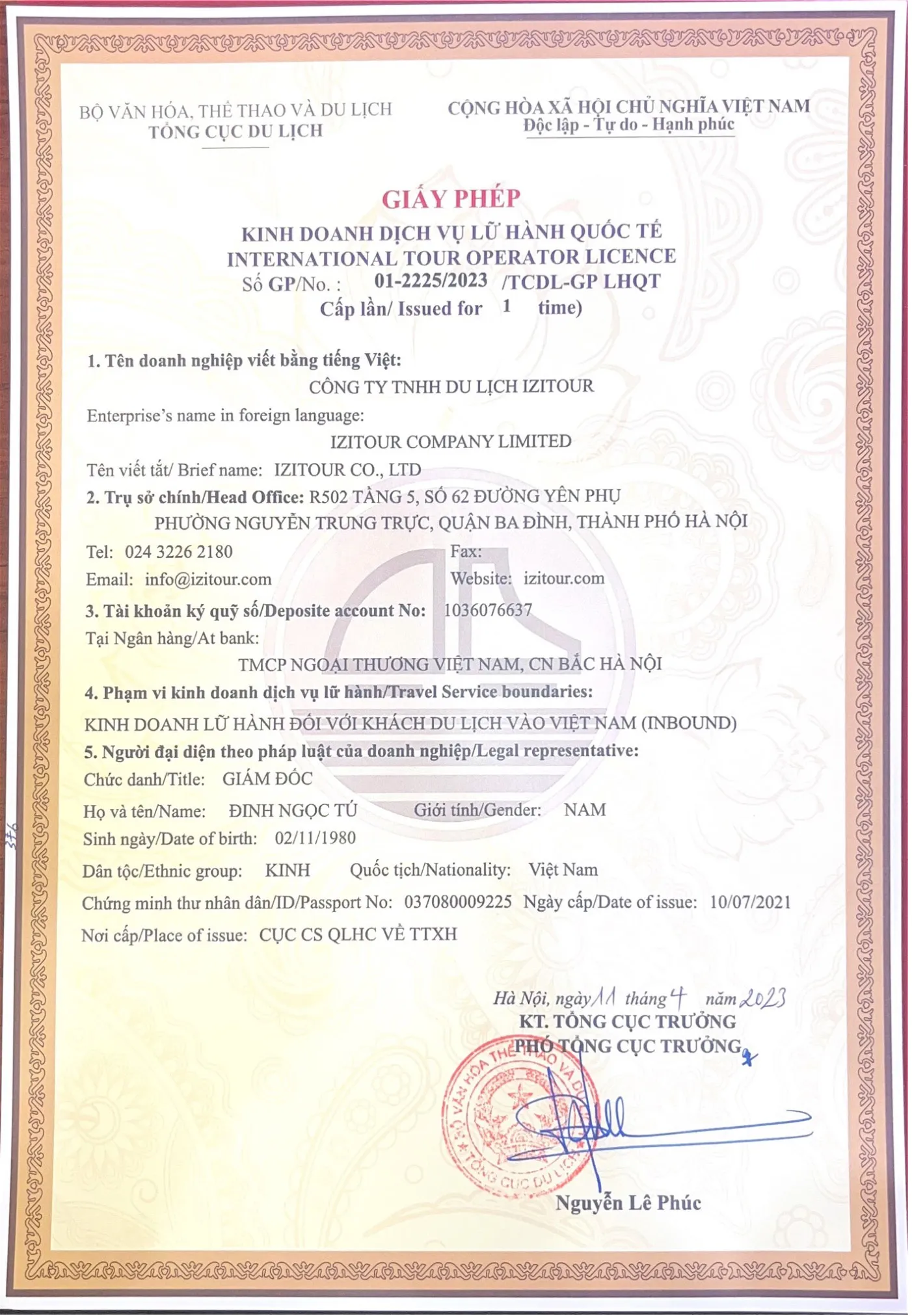On your first trip to Vietnam, you will undoubtedly be captivated by those elegant figures gliding through the streets, wearing long, colourful robes fluttering in the wind. That is the Ao Dai, the Vietnamese traditional dress and a timeless symbol of femininity. More than just a garment, the Ao Dai embodies Vietnam's cultural identity, blending history, modernity, and collective memory. Even today, it graces both traditional festivals and daily life, ready to be discovered by every curious traveller.
1. The Ao Dai – Vietnam's timeless elegance
A national symbol of Vietnam, the Vietnamese Ao Dai is a traditional Vietnamese dress that embodies grace and finesse. Its design consists of a long, flowing tunic, split on both sides up to the waist, worn over lightweight trousers. This elegant cut fits the silhouette without restricting it, showcasing both modesty and femininity.
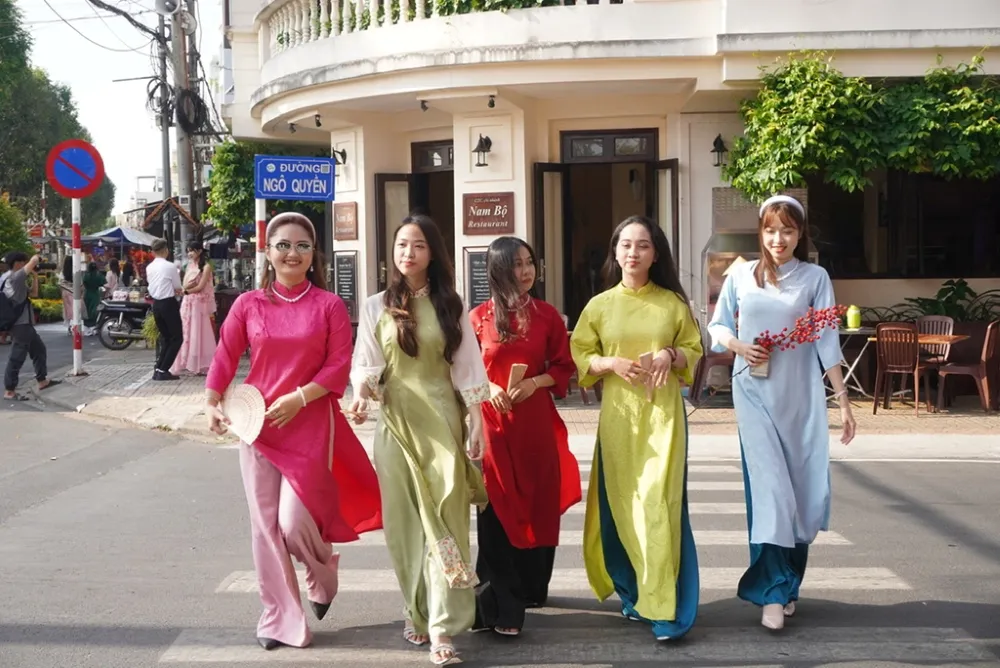
Traditionally made from Vietnamese silk, satin, or chiffon, the Ao Dai captivates with its soft textures and refined colours, often adorned with floral embroidery or symbolic motifs. There are styles for women, men, and children, worn during ceremonies, weddings, or festivals like Tet. Today, the Ao Dai is modernizing: young designers are reinventing this traditional attire of Vietnam by blending contemporary fabrics and minimalist cuts, all while preserving its poetic and timeless soul.
2. History of the Ao Dai
It is difficult to precisely date the appearance of the Ao Dai, the famous Vietnamese traditional dress. To date, no study can define its exact origin. However, historians agree that this iconic garment is the result of a long process of cultural evolution, marked by the influence of different dynasties, regional traditions, and exchanges with neighbouring cultures.
The Ao Giao Linh (18th century)
One of the ancestors of the Ao Dai is the Ao Giao Linh, which appeared around 1744 during the reign of Lord Nguyen Phuc Khoat in Southern Vietnam. Although mentioned in 18th-century writings, this garment is, in fact, much older. It dates back to the Ly and Tran dynasties (11th–14th centuries), where it was already widely worn by both commoners and the aristocratic elite. It was a cross-collared, loose robe, split at the sides, worn with a black skirt and a coloured sash. Its form blended Chinese and Cham influences, already reflecting Vietnam's cultural mix.
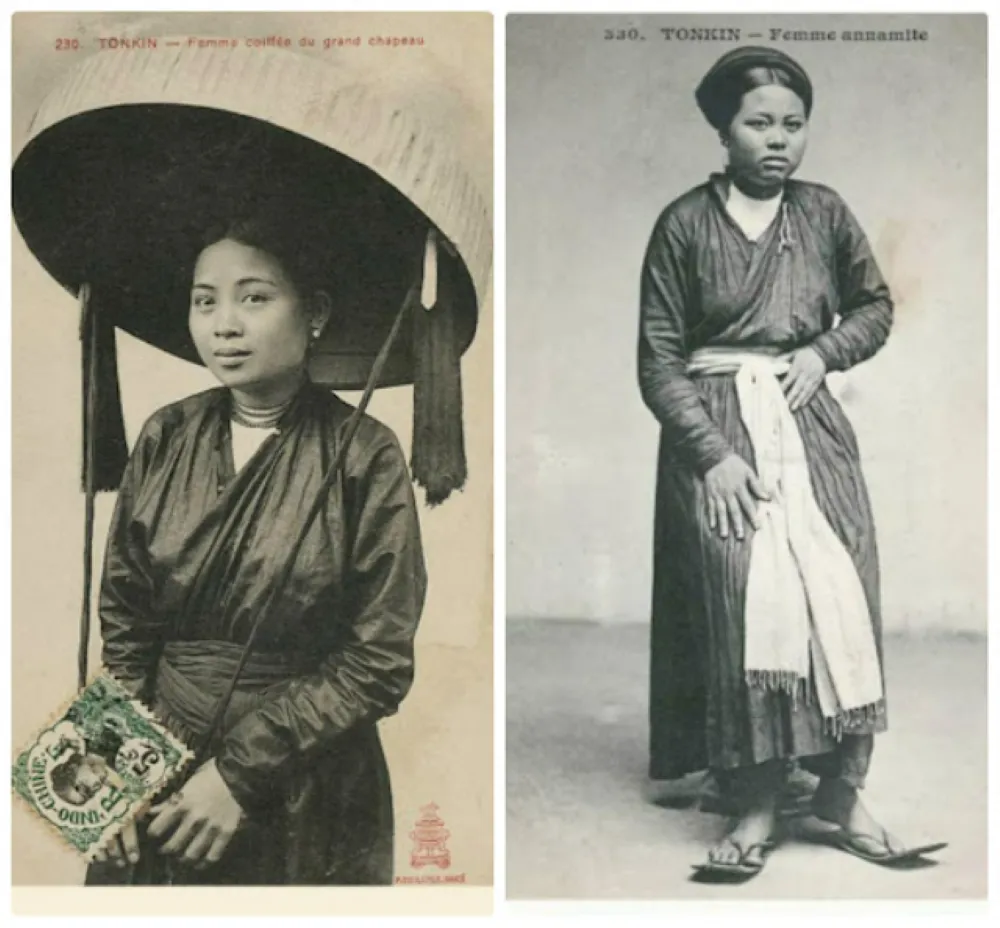
At that time, the country was divided: the North, led by the Trinh, wore Han-inspired clothes, while the South, under the Nguyen, sought to distinguish itself. To assert this distinction, Nguyen Phuc Khoat mandated an outfit consisting of a silk robe and long trousers – a combination that prefigures the modern Ao Dai.
The Ao Tu Than (17th century)
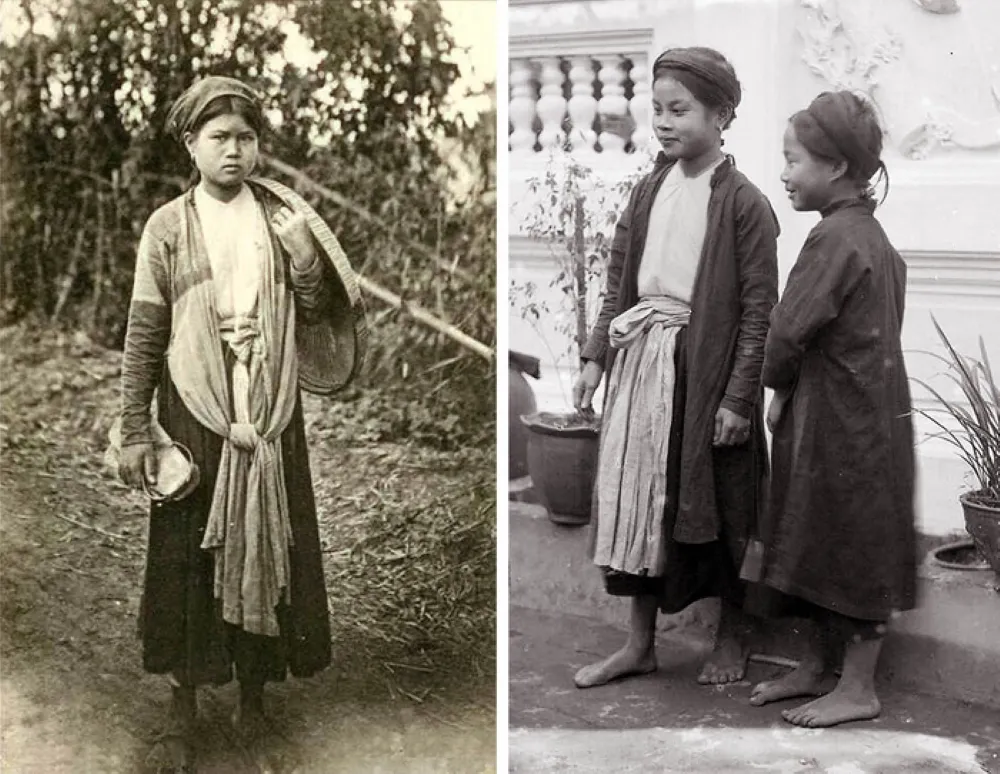
Over time, to adapt to the needs of daily life, particularly agricultural work, the Ao Giao Linh evolved into the Ao Tu Than, the “four-panel robe.” Two panels tied at the front, two others remained stitched at the back. Simple and functional, it was generally made in dark shades: brown, black, or indigo – colours of the earth, symbolizing modesty and constancy. In Vietnamese tradition, the four panels of this robe represent the four parents (father and mother of each spouse), highlighting the value of family at the heart of Vietnamese society.
The Ao Ngu Than (Gia Long Dynasty)
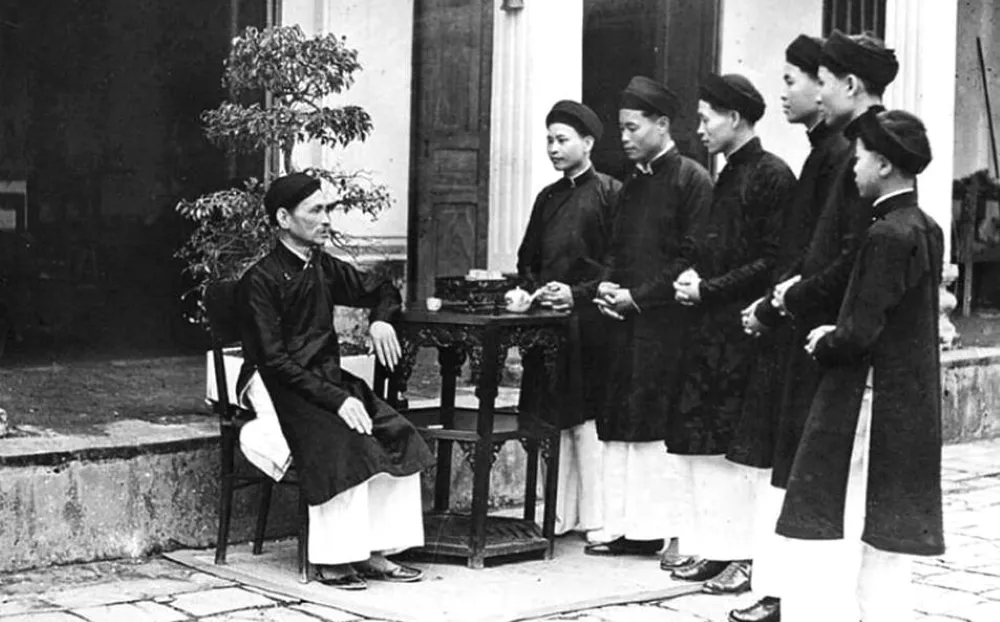
With the advent of the imperial Nguyen Dynasty at the beginning of the 19th century, the Ao Tu Than was replaced by the Ao Ngu Than, the “five-panel robe.” Elegant and structured, it was worn by nobles, scholars, and the mandarin elite. A fifth inner, hidden panel was added, symbolising respectability, social rank, and the wearer's moral integrity. Fuller and featuring a straight collar, this cut heralded the birth of the future Ao Dai, of which it is the formal basis.
The Ao Dai Lemur
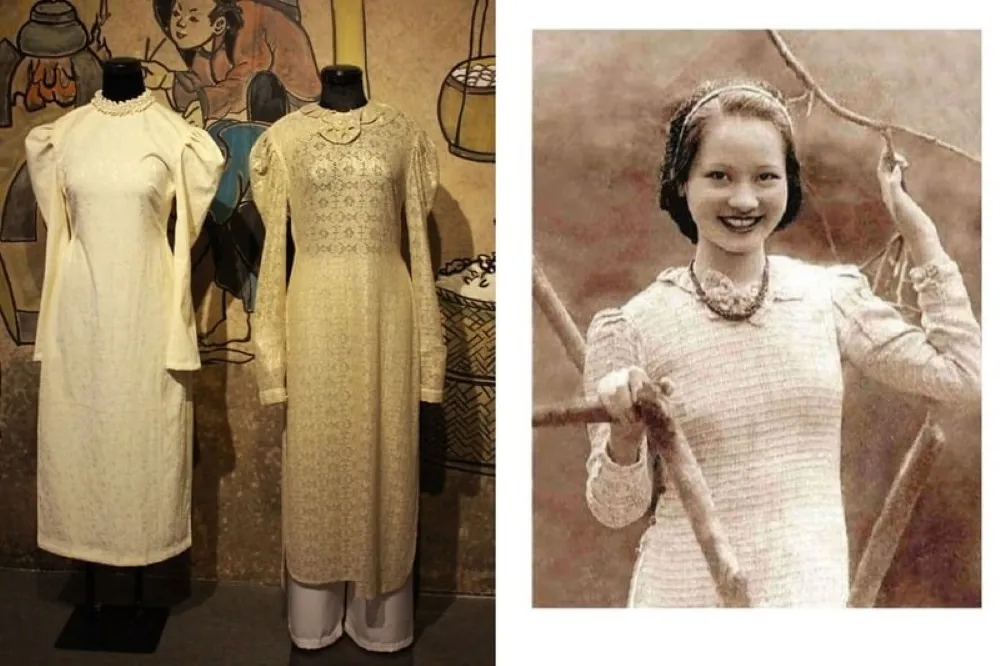
The Ao Dai Lemur, a true revolution in Vietnamese fashion, is a modernized version of the Ao Ngu Than, conceived in 1939 by the artist Cat Tuong, known by the French name Lemur. This Vietnamese Ao Dai model only has two panels — one at the front and one at the back — with the front one almost skimming the floor. Fitted to the silhouette, featuring straight sleeves with fine borders and a side closure, it embodied a new feminine elegance. Highly popular until 1943, this revisited traditional Ao Dai marked an essential step in Vietnam's clothing evolution before gradually falling out of favour.
The Ao Dai Le Pho
Another important figure in the history of the Ao Dai, the painter Le Pho proposed a variation of the Lemur model, now known as the Ao Dai Le Pho. By refining the garment to better hug the curves of the Vietnamese woman, raising the shoulders, lengthening the panels to the feet, and integrating new colours, he created a refined and modern Ao Dai, both sensual and sophisticated. Thanks to this transformation, the Ao Dai became not only a cultural symbol but also an icon of Vietnamese female fashion.
The Ao Dai Tran Le Xuan
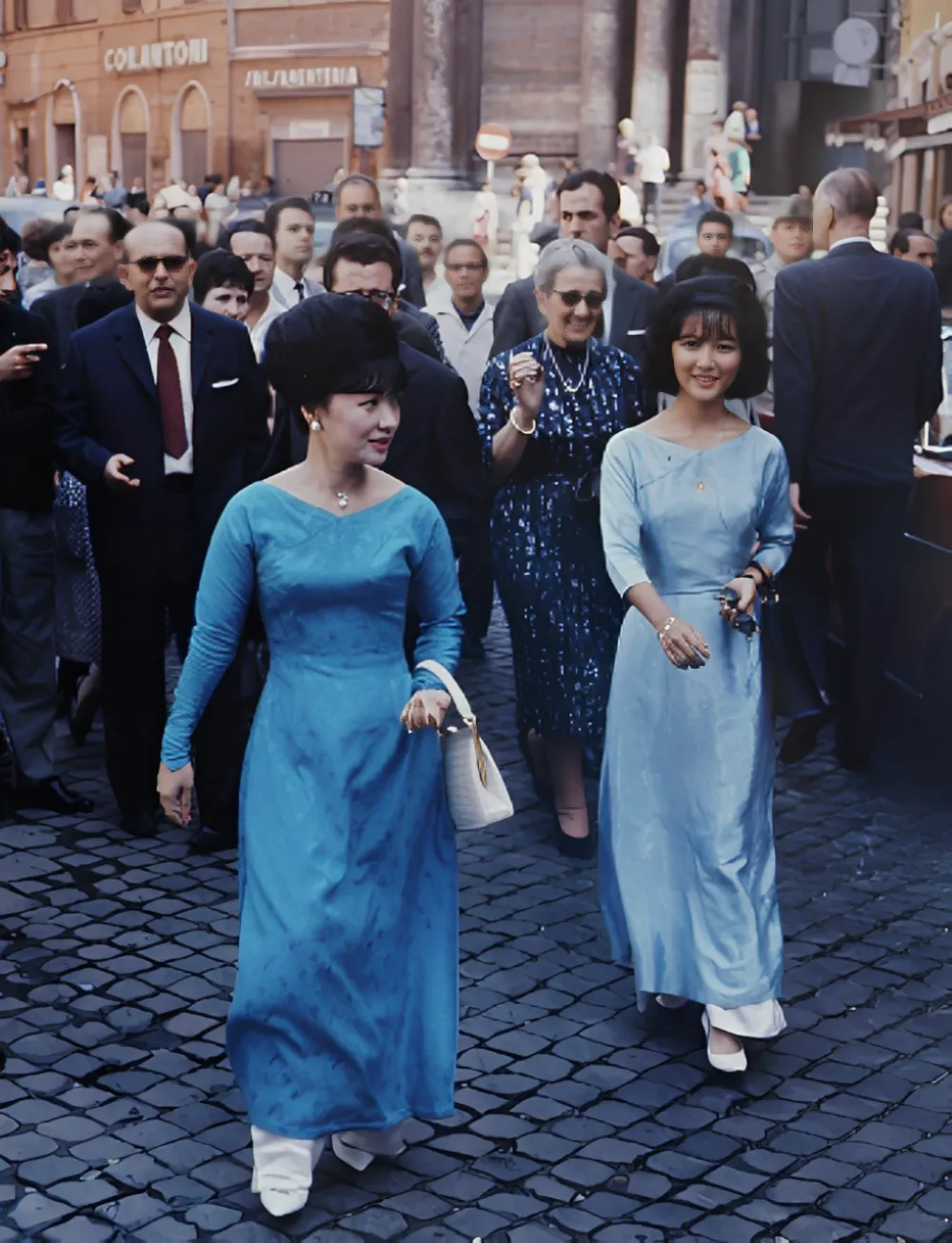
In the years 1958-1960, Madame Nhu (or Tran Le Xuan), wife of the brother of the President of the Republic of South Vietnam, popularized a daring version of the Vietnamese Ao Dai. Featuring a boat neckline, a very fitted cut, and often shortened sleeves, her modernized outfit marked a turning point in the history of the Ao Dai. Although controversial, this interpretation of Vietnamese fashion helped bring the Ao Dai to the international stage, while illustrating the tension between tradition and modernity that continues to enrich this emblematic garment.
The Ao Dai Raglan
In the 1960s, a new important stage in the history of the Vietnamese Ao Dai emerged thanks to the Dung tailor shop in Dakao (Saigon), which created the Ao Dai Raglan. Its unique feature lies in the sleeve seam, inspired by the raglan cut, running diagonally from the collar at a 45-degree angle. This technique allows for a more fitted, fluid, and comfortable garment, facilitating body movement. The two panels are connected on the side by a row of snap buttons, an innovation that helped shape the identity of the modern Ao Dai as we know it today.
The Contemporary Vietnamese Ao Dai (1970s to Today)
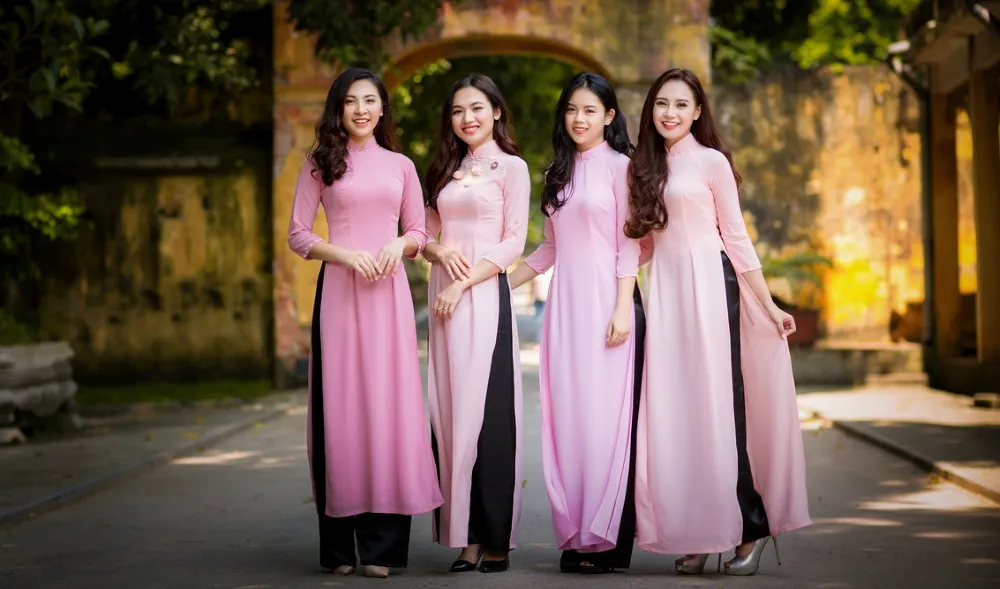
Since the 1970s, the traditional Vietnamese Ao Dai has continually evolved. Its shapes, materials, and uses have diversified: wedding Ao Dai, Ao Dai Cach Tan (revisited Ao Dai), silk models, embroidered, minimalist, or daring… Yet, beyond the style variations, one constant remains: the Ao Dai continues to embody the grace, modesty, and femininity of the Vietnamese woman, with an elegance that no other garment can match. More than an outfit, it has become a cultural symbol, an icon of Vietnamese fashion, and a true bridge between the past and modernity.
3. Why does the Vietnamese Ao Dai have such a special cultural significance?
A living symbol of Vietnamese culture
The Ao Dai is not just a traditional garment; it is a Vietnamese cultural symbol deeply rooted in the country's history. Its elongated form, fluid lines, and discreet elegance make it a faithful reflection of the Vietnamese soul, where respect for the past is blended with a modern sense of aesthetics. Each generation finds in it both heritage and renewal, like an invisible thread connecting the Vietnam of yesterday to the Vietnam of today.
The expression of Vietnamese femininity
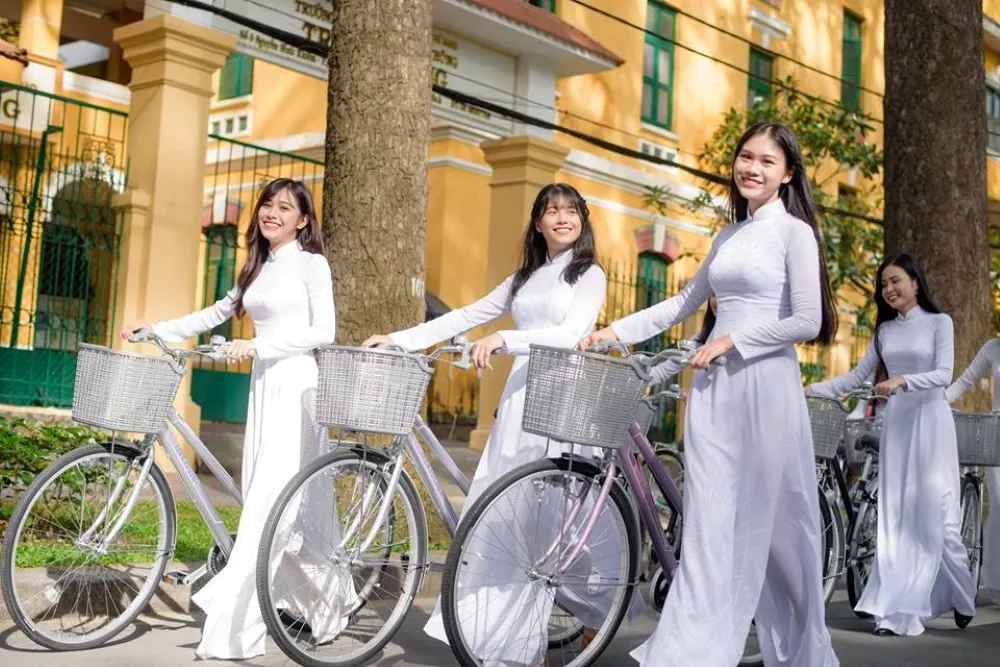
With its fitted cut and flowing fabric, the Ao Dai highlights the grace of Vietnamese women without ever falling into ostentation. It embodies an ideal of Vietnamese femininity: softness, harmony, and refinement. Unlike other Asian traditional outfits, it subtly accentuates the figure, playing on suggestion rather than exposure. This alliance between modesty and elegance has made the Ao Dai an unmissable emblem of Vietnamese beauty.
A symbol of national identity, between tradition and modernity
The Ao Dai is not limited to a traditional dress: it has become a true symbol of national identity of Vietnam. Present at weddings, Tet celebrations, graduation ceremonies, and also on fashion runways, in schools, or at official events, it accompanies Vietnamese people at every stage of life. What makes it unique is its ability to evolve with the times: from the traditional Ao Dai to the lace wedding Ao Dai, up to the modern “Cach Tan” versions, it renews itself without ever losing its essence. Thus, the Ao Dai embodies a powerful link between past and present, tradition and creativity, while strengthening the sense of cultural pride, both among Vietnamese people and foreign visitors amazed by its grace and modernity.
4. On what occasions is the Ao Dai worn?

The Vietnamese Ao Dai is much more than a simple garment: it is a Vietnamese traditional attire worn on many important occasions. It is most often seen during Tet, the Lunar New Year celebration, where it symbolizes respect for ancestors and family harmony. It is also very present at weddings, official ceremonies, graduations, or beauty contests. In several schools, high school girls wear the Ao Dai as a uniform, reinforcing its link with youth and elegance. Today, this Vietnamese dress is also chosen for photo shoots or cultural events, becoming a timeless symbol between tradition and modernity.
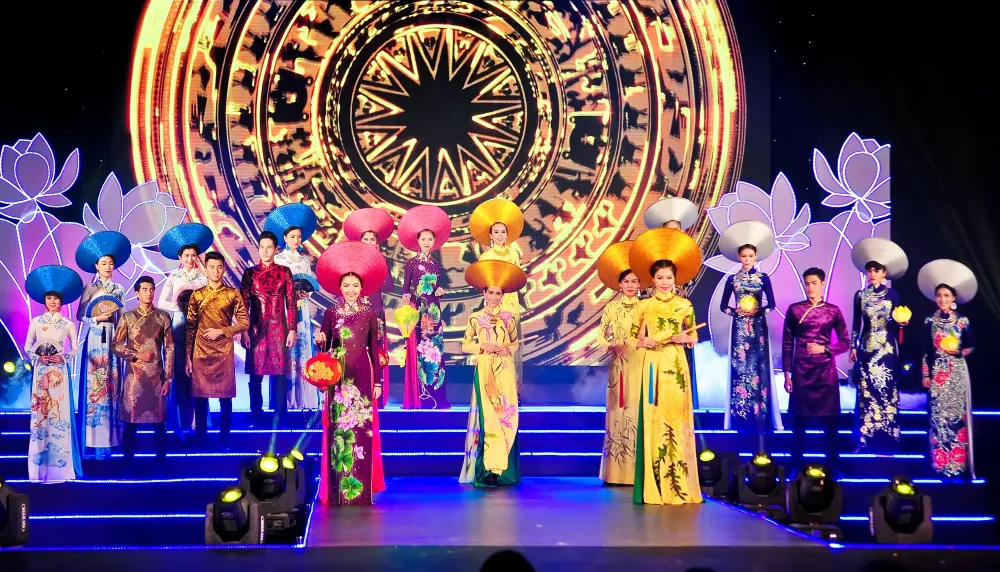
It is worth noting that in Vietnam, an annual event is entirely dedicated to the Ao Dai: the “Ao Dai Week.” Launched by the Vietnam Women’s Union, it takes place every year from March 1st to 8th, coinciding with International Women's Day. This week aims to celebrate and promote the cultural dimension of the Ao Dai in Vietnamese society. During the event, women across the country – particularly in professional settings – are encouraged to wear the Ao Dai daily. It is a call for national pride, the preservation of a unique cultural heritage, but also a way to promote the image of Vietnam to the international public.
5. Where to rent and take magnificent photos in the Vietnamese Ao Dai?
For those who looking to capture the perfect holiday snaps and bring home a unique memory, wearing the Ao Dai is a must-do experience. Here are some of the best places to rent or custom-make an Ao Dai, and the most photogenic locations in major Vietnamese cities.

In Hanoi
Where to rent and tailor an Ao Dai?
- Áo dài Thu Liễu: 158 Kim Ma Street, Ba Dinh
- Oz Design House: 34G Ly Nam De Street, Cua Dong, Hoan Kiem
- Áo dài Tulip: 17C Hang Da Street, Hang Bong, Hoan Kiem
- Pavone Fashion: 301A Thuy Khue Street, Tay Ho
Most photogenic locations for Ao Dai:
- Temple of Literature: Confucius-style landmark, popular for graduation photos in Ao Dai.
- Imperial Citadel of Thang Long: UNESCO World Heritage, ideal for capturing Vietnam's historical soul.
- Hoan Kiem Lake: Iconic city centre spot, especially charming at dawn/dusk with the red bridge (The Huc) and Turtle Tower (Thap Rua).
- Hanoi Old Quarter: Lively alleys, ochre facades – a charming, authentic backdrop.
- Long Bien Bridge: French colonial-era iron bridge, superb vintage frame at sunrise.
- Phan Dinh Phung Street: Elegant avenue with ancient trees and French-style villas – beautiful in autumn.
- Duong Lam Ancient Village: 45 mins from the centre, laterite brick village for rustic, retro photos.
In Hue
Where to rent and tailor an Ao Dai?
- Hoa Nghiêm Cổ phục Việt: 5 Van Xuan, Hue
- Áo dài Phú Xuân: 53 Huynh Thuc Khang, Hue
- Áo dài Quang Hòa: 29 Huynh Thuc Khang, Hue
- Áo Dài Huế Bích Thủy: 47 Vo Thi Sau, Phu Hoi, Hue
Most photogenic locations in Ao Dai:
- Hue Imperial Citadel: Royal backdrop with golden walls and majestic gates.
- An Dinh Palace: European-Vietnamese influenced palace, great for elegant, original photos.
- Minh Mang Tomb: Gardens, lakes, symmetrical pavilions – highlights the Ao Dai's poetry and sobriety.
- Perfume River: Tranquil banks perfectly match the Ao Dai's fluid grace, especially at sunset.
- Truong Tien Bridge: Iconic colonial-style iron bridge, a romantic, timeless setting.
- Thien Mu Pagoda: Seven-storey tower overlooking the river – a spiritual and deeply Vietnamese setting.
- Tu Hieu Pagoda: Serene pagoda nestled in a pine forest, ideal for peaceful, authentic photos.
- Bao Vinh Ancient Quarter: Nostalgic atmosphere with faded old houses, remnants of former river trade.
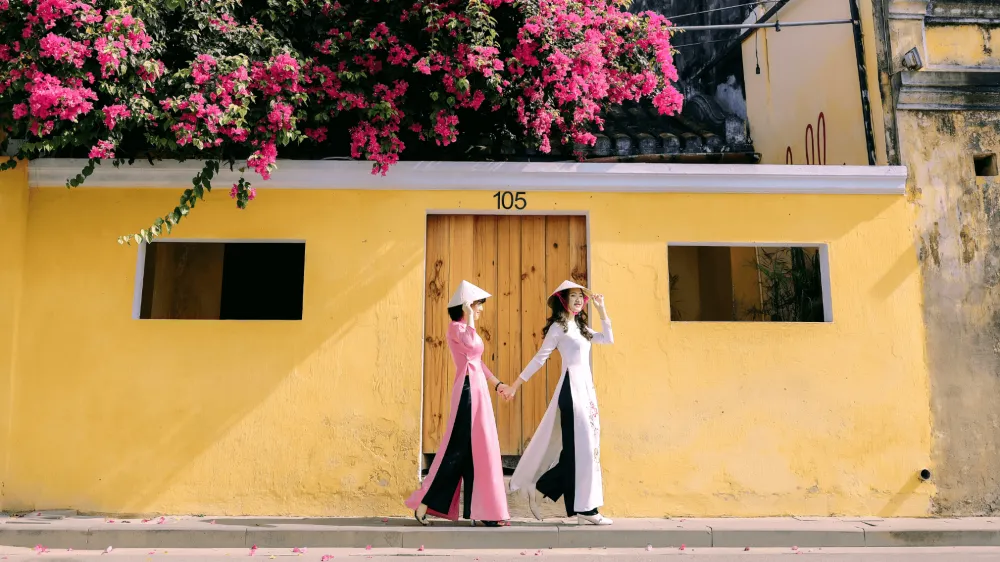
In Hoi An
Where to rent and tailor an Ao Dai?
- Bebe Tailors: 05-07 Hoang Dieu Street, Hoi An
- A Dong Silk: 40 Le Loi Street, Minh An, Hoi An
- Yaly: 47 Nguyen Thai Học, Minh An, Hoi An
- B’Lan Silk: 23 Tran Phu Street, Hoi An
Most photogenic locations in Ao Dai:
- Hoi An Old Town: Narrow streets, yellow houses, and colourful lanterns offer a charming, typically Vietnamese backdrop.
- Japanese Bridge: Historic and picturesque city emblem, perfect for elegant, romantic photos.
- Le Nghia Basketball Court: Unique, culturally authentic backdrop with walls adorned with Chinese characters on yellow and white.
- Duy Vinh Ancient Brick Kiln: Surrounded by rice fields, peaceful and picturesque, especially charming at sunset.
In Ho Chi Minh City (Saigon)
Where to rent and tailor an Ao Dai?
- The Kat House: 441 Huynh Van Banh Street, Phu Nhuan
- Sumire Store: 21/2 Hau Giang, Tan Binh
- Áo Dài Hạnh: 26/5 Nguyen Van Luong, Go Vap
- Áo Dài Thanh Hà: 55/9 Van Kiep Street, Binh Thanh
Most photogenic locations in Ao Dai:
- Fine Arts Museum: Elegant colonial architecture, perfect for artistic photos.
- Saigon Notre-Dame Cathedral: Red brick facade, an iconic backdrop blending history and spirituality.
- Saigon Central Post Office: Neoclassical building designed by Gustave Eiffel, ideal for retro and elegant photos.
- Ben Thanh Market: Lively city symbol, full of colours and life, for vibrant photos in traditional costume.
- Independence Palace: Historically significant site with modernist gardens and facades, offering a solemn frame.
- Thien Hau Pagoda: Spiritual and mystical atmosphere, with delicate architectural details.
- Vinh Nghiem Pagoda: Modern Buddhist style with an immense stone tower, a peaceful setting.
More than just a garment, the Vietnamese Ao Dai is a true work of art, a bridge between tradition and modernity. It reflects the gentleness of the Vietnamese people, their respect for family values, and their love for simple beauty. To wear an Ao Dai is to feel the soul of Vietnam – elegant, proud, and full of grace. Whether for a ceremony, a photo shoot, or a travel souvenir, the Ao Dai remains the eternal symbol of Vietnamese charm.
Read more:







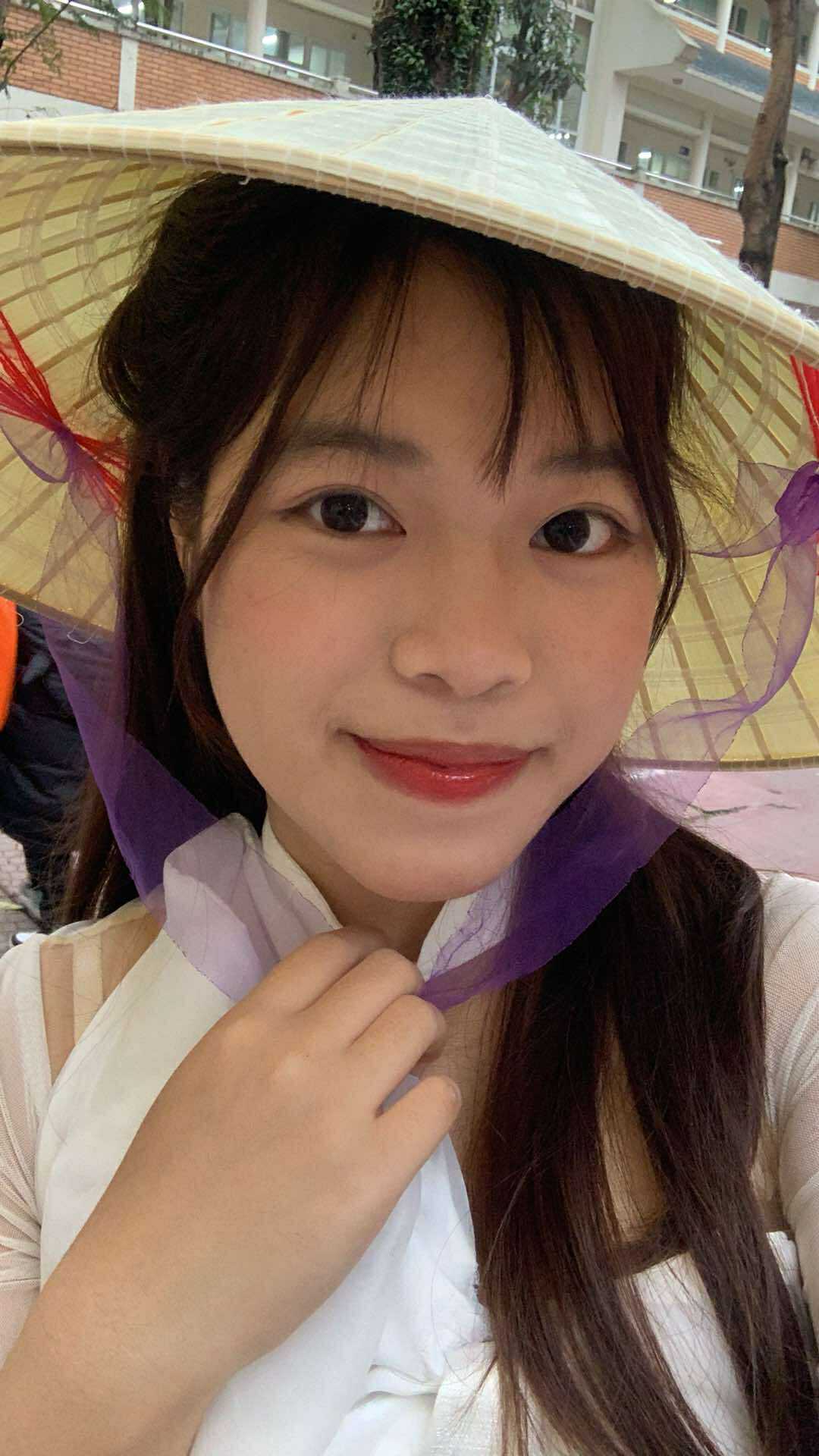
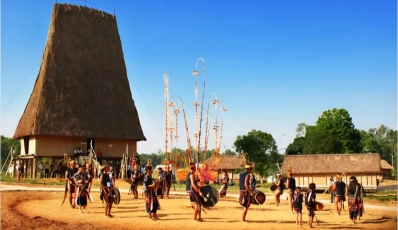
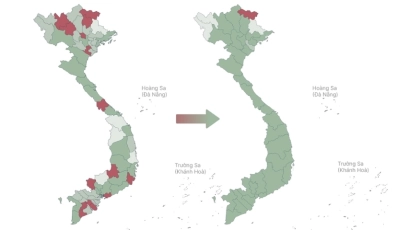
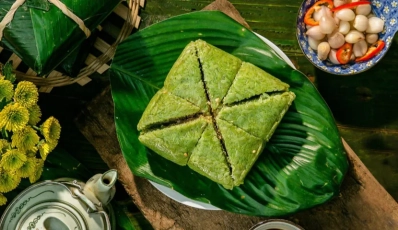
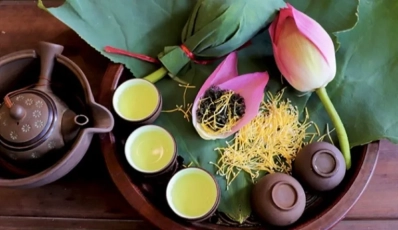


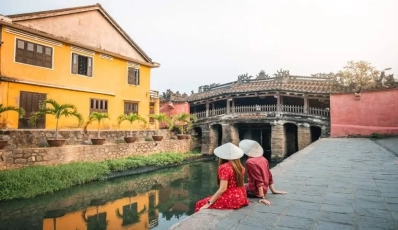
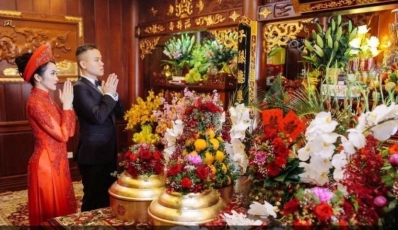
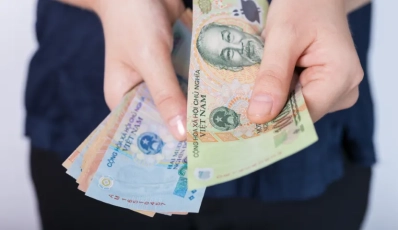

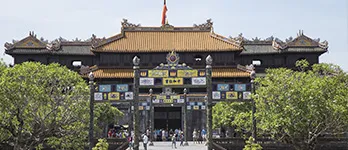


 TRAVELERS' CHOICE 2025
TRAVELERS' CHOICE 2025 